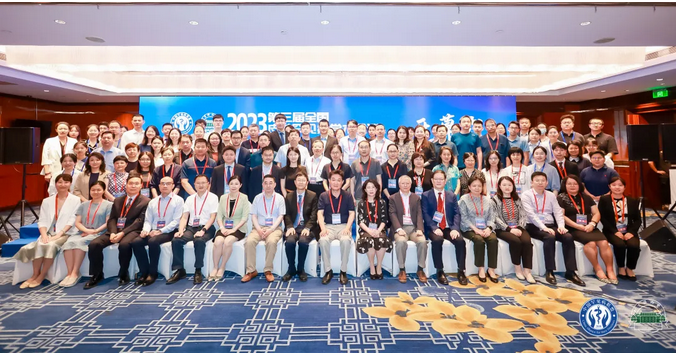
Pemphigus is a group of rare and severe autoimmune bullous disease included in China's Second Catalog of Rare Diseases. A well-defined management protocol is crucial to improve patient outcomes. In light of this, the Department of Dermatology at PUMCH has led the development of China's first pemphigus diagnosis and treatment guideline. After more than a year of meticulous preparation, the pioneering 2024 Chinese Guideline for Diagnosis and Treatment of Pemphigus (hereafter referred to as the "Guideline") was recently published in the Chinese Journal of Dermatology, with Professor Jin Hongzhong, Director of Dermatology, as co-corresponding author.
The Guideline was developed through collaboration among dermatology experts from over 20 hospitals nationwide including PUMCH, experts on guideline development methodology, and multidisciplinary specialists from PUMCH's departments of Dentistry, Endocrinology, Clinical Nutrition, and Nephrology. Based on existing evidence at home and abroad and considering China's specific circumstances, the team identified 12 urgent clinical issues after multiple rounds of argumentation and selection. Tapping into relevant evidence and other resources, the Guideline came up with 30 pieces of recommendations for proper and more standardized pemphigus diagnosis and treatment.
When a patient matches the criteria on clinical manifestations and histopathological findings listed in the guidelines and meets at least one of the criteria on immunological tests, a diagnosis of either pemphigus vulgaris or pemphigus foliaceus can be made. In cases where histopathology is atypical, a diagnosis can still be made when the patient matches the criteria on clinical manifestations and direct immunofluorescence and meets at least one of the criteria on indirect immunofluorescence and ELISA.
The disease assessment approach has been optimized in this Guideline. It recommends using the Pemphigus Disease Area Index (PDAI) to evaluate disease severity before and during treatment. In the initial treatment phase, disease activity assessment focuses primarily on clinical symptom improvement, with PDAI evaluations recommended every 1-2 weeks. During maintenance therapy, it is recommended to evaluate disease activity by measuring anti-Dsg1 and/or anti-Dsg3 antibody titers through ELISA testing, while watching carefully for new or expanding lesions.
The treatment approach has also been updated. For mild cases, corticosteroid therapy is recommended, with immunosuppressants added when necessary. For moderate to severe cases, the Guideline recommends combination therapy of corticosteroids with either rituximab or immunosuppressants. The Guideline provides detailed protocols for the use of corticosteroids, immunosuppressants and rituximab and addresses additional treatment options including intravenous immunoglobulin, plasma exchange, and immunoadsorption, aided by comprehensive treatment flowcharts.
While maintaining scientific rigor, the Guideline emphasizes patient-centered care. It outlines treatment principles and goals for pemphigus, covering many aspects of daily management and follow-up visits for patients, including topical medications, skin and mucosal care, lifestyle interventions, and psychological and community support. Special and comprehensive consideration is given to treating children, pregnant women, breastfeeding mothers, and elderly patients.
This Guideline marks a significant advance towards proper and more standardized pemphigus care in China. PUMCH's Department of Dermatology offers specialized outpatient care for bullous diseases, providing comprehensive and quality care covering the whole process of prevention, diagnosis, treatment and follow-up. The department remains committed to advancing research and promoting consistent diagnosis and treatment to provide more therapeutic options for pemphigus patients.
Written by the Department of Dermatology
Edited by Wang Jingxia
